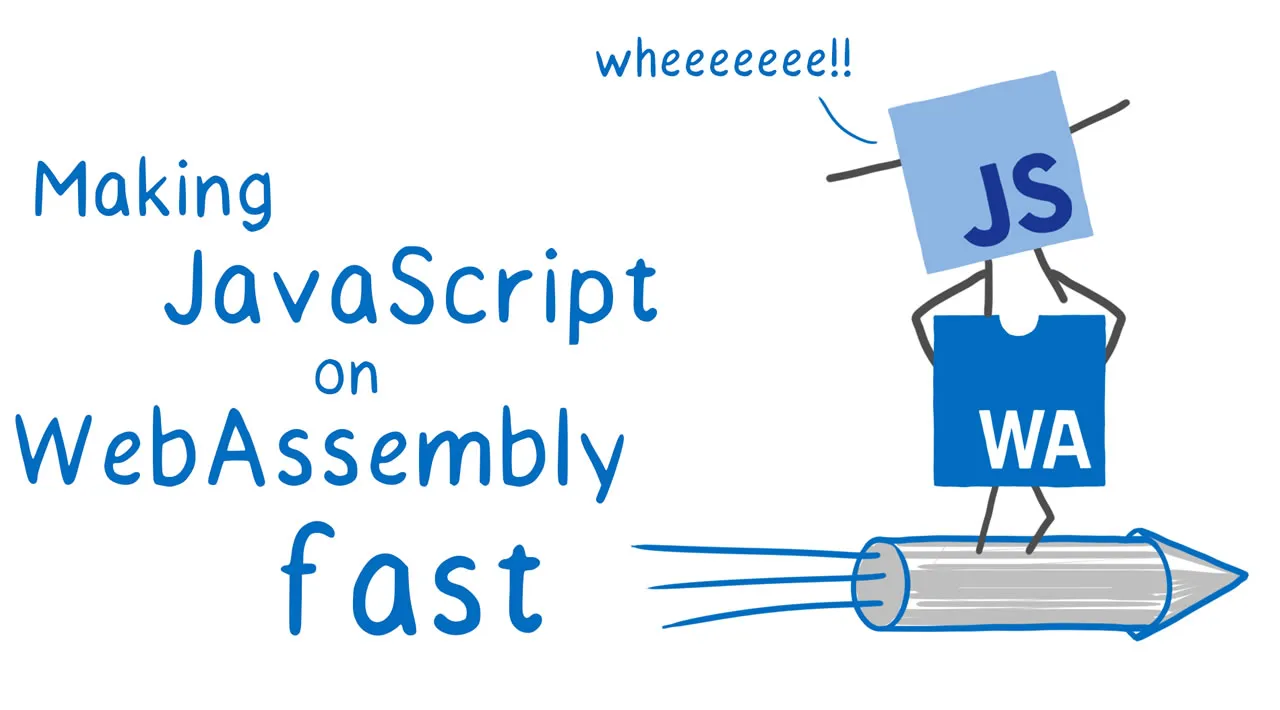JavaScript in the browser runs many times faster than it did two decades ago. And that happened because the browser vendors spent that time working on intensive performance optimizations.
Today, we’re starting work on optimizing JavaScript performance for entirely different environments, where different rules apply. And this is possible because of WebAssembly.
We should be clear here—if you’re running JavaScript in the browser, it still makes the most sense to simply deploy JS. The JS engines within the browsers are highly tuned to run the JS that gets shipped to them.
But what if you’re running JavaScript in a Serverless function? Or if you want to run JavaScript in an environment that doesn’t allow general just-in-time compilation, like iOS or gaming consoles?
For those use cases, you’ll want to pay attention to this new wave of JS optimization. And this work can also serve as a model for other runtimes—such as Python, Ruby, and Lua—that want to run fast in these environments, too.
But before we explore how to make this approach run fast, we need to look at how it works at a basic level.
#javascript #webassembly #web-development
